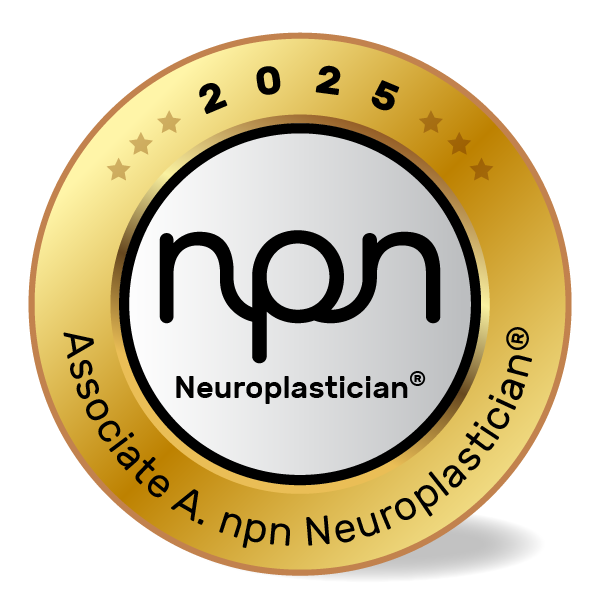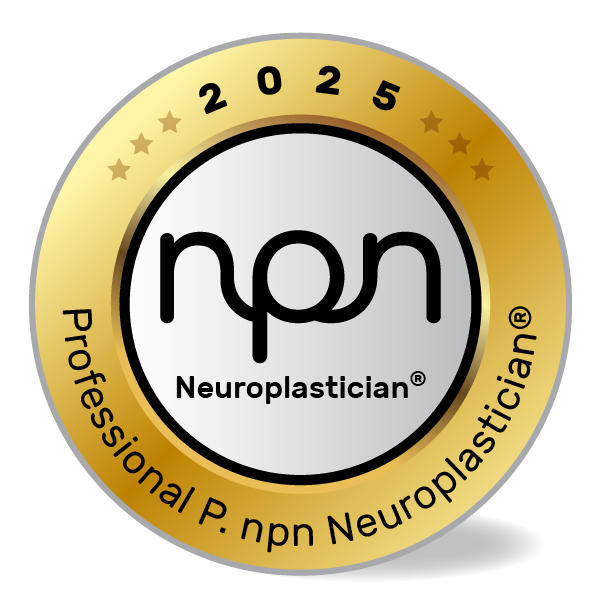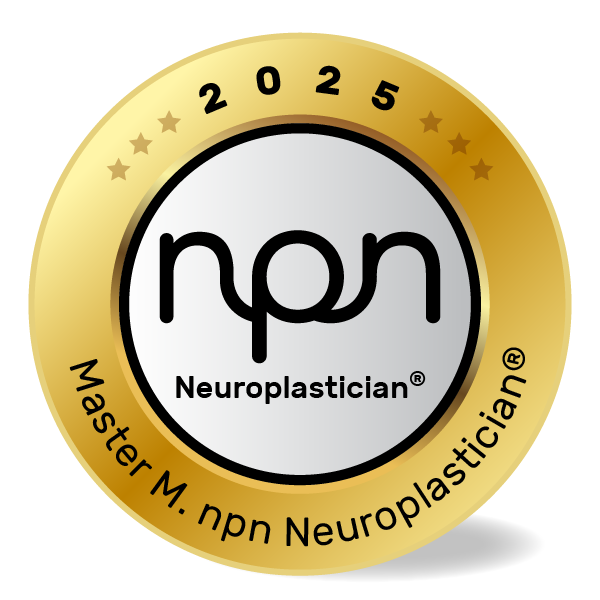The Neuroscience of Stress: How It Shapes Your Brain and Strategies to Retrain It
Curated by an npnHub editorial member
Key Points
- Stress triggers a cascade of brain responses involving the amygdala, hypothalamus, and prefrontal cortex.
- Chronic stress impairs neuroplasticity, affecting memory, emotional regulation, and decision-making.
- Neuroscience-based strategies like mindfulness, reframing, and breathwork retrain the stress response system.
- Tailored interventions improve client outcomes in coaching, education, and therapy.
- Professionals can use stress responses as diagnostic cues to enhance brain resilience.
- Evidence-based tools empower practitioners to help clients rewire maladaptive patterns.
1. What is Stress?
Imagine a well-being coach working with a high-performing executive who suddenly begins to forget meetings, overreact to small issues, and feel emotionally numb. The coach suspects burnout but quickly realizes the root is chronic stress. This isn’t a breakdown in willpower – it’s a biological overload.
This story illustrates how stress sneaks into daily life, distorting cognition and emotional balance. It isn’t just a feeling of being overwhelmed. Stress is a complex brain-body response to perceived threats.
Dr. Bruce McEwen of Rockefeller University, a pioneer in stress research, emphasized that the brain is both the target and the central organ of the stress response. Research from the National Institute of Mental Health shows how stress activates the hypothalamic-pituitary-adrenal (HPA) axis, releasing cortisol and impacting neural circuits in memory and emotion.
In acute doses, stress can sharpen focus and performance. But prolonged activation rewires the brain for vigilance, reducing cognitive flexibility and resilience. The brain begins to default to “threat mode” even in safe environments.
Understanding stress as a neurobiological state, not a weakness, transforms how practitioners support clients, and themselves.
Read more on stress from the NIH
2. The Neuroscience of Stress
During a group training session, an educator noticed one participant repeatedly zone out during high-pressure tasks, while another became hyper-focused and irritable. Instead of blaming attention deficits, she explored their stress profiles – uncovering how their brains were wired for different responses.
This example shows how understanding stress as a neurological pattern helps tailor support strategies.
Stress begins in the amygdala, the brain’s alarm system. When it detects danger – real or imagined – it signals the hypothalamus, which activates the HPA axis. This cascade releases cortisol and adrenaline, flooding the body with energy to fight or flee.
Meanwhile, the prefrontal cortex – the area responsible for reasoning and regulation – gets suppressed. This helps in emergencies but backfires in chronic stress situations.
Harvard neuroscientist Dr. Kerry Ressler highlights that chronic stress leads to “functional impairment of the prefrontal cortex,” contributing to poor decision-making and emotional dysregulation.
Regions involved in stress response:
- Amygdala: Triggers fear and vigilance
- Hypothalamus: Activates hormone cascades
- Hippocampus: Shrinks with chronic stress, affecting memory
- Prefrontal Cortex: Impaired under ongoing stress, weakening self-control
Understanding this circuitry equips practitioners to recognize when clients’ brains are operating from survival rather than strategy.
3. What Neuroscience Practitioners, Neuroplasticians, and Well-being Professionals Should Know About Stress
A mindfulness coach working with a client who struggles to “stay calm” under pressure might assume a lack of discipline. But when she discovers the client grew up in a high-conflict home, it becomes clear their brain learned vigilance as a survival skill. The issue isn’t motivation, it’s adaptation.
This is a common pattern. Chronic stress reshapes neural pathways, embedding a high-alert system. For professionals, it’s vital to stop seeing stress as just an emotion and recognize it as a state of altered brain function.
Key myths include:
- Myth: Stress is purely psychological.
- Truth: It’s neurochemical, involving cortisol, norepinephrine, and changes in brain structure.
- Truth: It’s neurochemical, involving cortisol, norepinephrine, and changes in brain structure.
- Myth: Some people are just “bad at handling stress.”
- Truth: Stress tolerance reflects brain conditioning and neuroplasticity.
- Truth: Stress tolerance reflects brain conditioning and neuroplasticity.
- Myth: You can’t change your stress response.
- Truth: Neuroplasticity allows rewiring even in adulthood.
- Truth: Neuroplasticity allows rewiring even in adulthood.
Frequently Asked Questions:
- How do I help clients differentiate real threats from perceived ones?
- Can stress-induced patterns be unlearned through coaching?
- What’s the role of early life stress in adult burnout?
Research from Stanford University’s Center on Stress and Health confirms that even brief interventions can modulate stress circuits when grounded in neuroscience.
4. How Stress Affects Neuroplasticity
Chronic stress is neurotoxic – it floods the brain with cortisol, which over time reduces the volume of the hippocampus and weakens synaptic connections in the prefrontal cortex. These changes reduce memory, focus, and emotional control.
Repeated exposure to stress forms strong neural pathways in areas related to fear and hypervigilance. The more these paths are activated, the more entrenched they become. Meanwhile, circuits responsible for curiosity, reflection, and strategic thinking weaken.
Yet this same plasticity can be harnessed for good. Dr. Elizabeth Gould of Princeton University found that stress reduction practices like meditation lead to neurogenesis – growth of new neurons – in the hippocampus (Source). With deliberate practice, individuals can reverse damage and strengthen self-regulatory circuits.
This is where practitioners play a vital role: creating environments and routines that reinforce safety, rhythm, and positive reappraisal.
5. Neuroscience-Backed Interventions to Improve Stress Regulation
Why Behavioral Interventions Matter
Many clients live in a “switched-on” state, where the brain perceives neutral situations as threats. Practitioners must help them recondition their brains for safety, calm, and presence.
Let’s look at what works.
1. Name the Signal, Not Just the Emotion
Concept: Labeling stress triggers activates the prefrontal cortex and reduces amygdala reactivity (Lieberman et al., UCLA).
Example: A therapist helps a client say, “I’m noticing a fast heartbeat and tight chest,” rather than “I’m freaking out.”
Intervention:
- Train clients to name physical sensations without judgment.
- Encourage journaling body-based stress responses.
- Use the phrase: “I’m noticing…” to activate observation mode.
2. Reframe Threat as Challenge
Concept: The stress-is-enhancing mindset increases resilience and performance (Crum et al., Stanford).
Example: A coach teaches a client to view public speaking anxiety as energy fueling success.
Intervention:
- Introduce the “Challenge vs. Threat” model.
- Practice reinterpreting somatic signals as signs of readiness.
- Use stress logs to track performance improvement.
3. Use Breath to Access the Vagus Nerve
Concept: Slow, diaphragmatic breathing stimulates the parasympathetic system and downregulates stress (Porges, Polyvagal Theory).
Example: An educator leads a group in 6-count inhale/6-count exhale breathwork before exams.
Intervention:
- Guide clients through 5 minutes of box breathing daily.
- Encourage “resonance breathing” apps for habit building.
- Use breathing as a reset between coaching segments.
4. Embed Predictable Rhythms
Concept: Predictable routines calm the hypothalamus and improve emotion regulation (Harvard Center on the Developing Child).
Example: A well-being coach creates a weekly rhythm of body-mind check-ins with a client recovering from burnout.
Intervention:
- Establish daily rituals with defined start and end cues.
- Help clients “anchor” routines with meaningful signals (e.g., light a candle, play music).
- Use visual schedules or trackers.
6. Key Takeaways
Stress is not simply about pressure, it’s about brain patterning. When we understand stress as a neurologically trained state, not a character flaw, we open new doors for healing and growth.
With the right tools, we can rewire the stress response to create calmer, more resilient brains for ourselves and our clients.
🔹 The brain encodes stress as learned survival, not failure.
🔹 Chronic stress weakens plasticity, but it’s reversible.
🔹 Practitioners can retrain stress patterns through labeling, breathwork, and mindset shifts.
🔹 Support systems that promote rhythm and safety rewire the brain for calm.
7. References
- McEwen, B. S. (2007). Physiology and neurobiology of stress and adaptation. Physiological Reviews, 87(3), 873–904. Link
- Ressler, K. (2010). Amygdala Activity, Fear, and Emotional Regulation. Harvard Medical School. Link
- Lieberman, M. D. et al. (2007). Putting feelings into words. Psychological Science, 18(5), 421–428. Link
- Crum, A. J. et al. (2013). Rethinking stress: The role of mindsets. Journal of Personality and Social Psychology, 104(4), 716–733. Link
- Porges, S. W. (2003). The Polyvagal Theory. International Journal of Psychophysiology, 42(2), 123–146. Link
- Gould, E. (2007). How does experience influence brain structure? Neuron, 55(3), 350–355. Link















